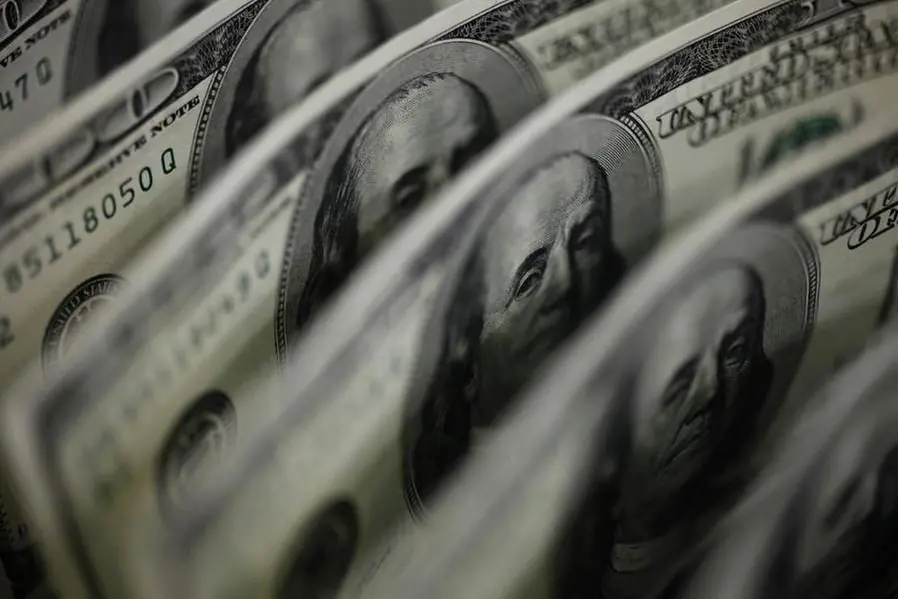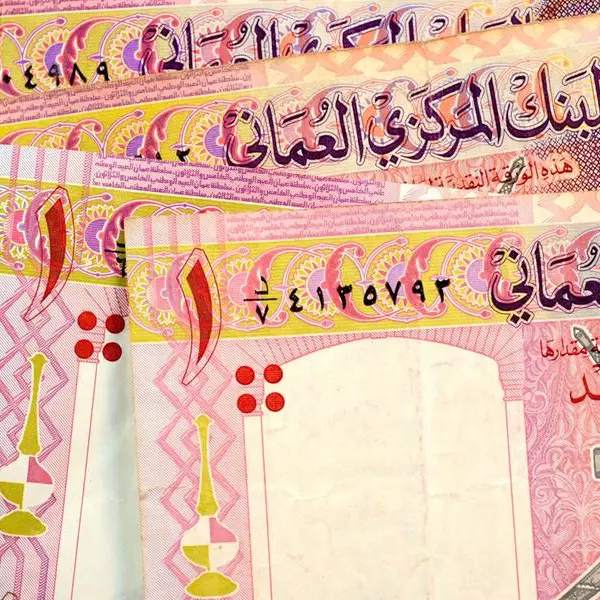PHOTO
SINGAPORE - The U.S. dollar was perched near a three-month peak on Tuesday, buoyed by elevated Treasury yields, on growing expectations that the Federal Reserve is unlikely to cut interest rates aggressively this year.
The dollar index, which measures the U.S. currency against six rivals, was at 104.42, having touched 104.60 on Monday, its highest since Nov. 14. The index is up 3% for the year so far after dropping 2% in 2023.
Data on Monday showed U.S. services sector growth picked up in January as new orders increased and employment rebounded, indicating a strong start to the year for the economy and comes after a blowout jobs report last week.
The string of robust U.S. economic data has quashed any lingering hopes of early and steep interest rate cuts by the Fed, with Fed Chair Jerome Powell and other policymakers also pushing back against the notion.
Traders have been scaling back rate cuts bets since the beginning of the year and are currently pricing in only a 15% chance of a cut in March, the CME FedWatch tool showed, compared with a 69% chance at the start of the year.
They are also now pricing in 115 basis points (bps) of cuts this year, compared with around 150 bps of easing anticipated in early January.
"There may still be a bit of room to scale back (more) but it's likely limited given that the disinflation trend in the US is becoming more entrenched and that labour market tightness is gradually easing," said Christopher Wong, a currency strategist at OCBC in Singapore.
Investor focus in Asia will be on the policy decision from the Reserve Bank of Australia later in the day, with the central bank widely expected to stand pat on rates, leaving comments from Governor Michele Bullock in the spotlight.
Investors have moved to push back bets for the first rate cut from the RBA to August, rather than June, with economists polled by Reuters also expecting the central bank to stay steady on rates well into the second half of this year.
The Australian dollar was little changed at $0.64835 ahead of the decision, loitering around its lowest since Nov. 17.
In other currencies, the euro was up 0.02% at $1.0743, while sterling last fetched $1.254, up 0.06% on the day but remained close to the seven-week low it hit on Monday.
The pound's fall on Monday came despite some upbeat economic data. Figures showed that the unemployment rate was likely much lower late last year than previously thought, which could push out rate cuts there, too.
"The tighter than expected UK labour market supports our view that interest rate cuts are still some way off," said Kristina Clifton, FX strategist and economist at Commonwealth Bank of Australia in a note.
"We expect the first cut in August versus current market pricing for the June cut."
The Japanese yen strengthened 0.07% to 148.56 per dollar, hovering around a two-month low of 148.90 it touched on Monday.
Japan's real wages fell for a 21st straight month though at a slower pace, while household spending dropped for a tenth consecutive month, showing that inflation outpaced wage recovery and continued to weigh on consumer spending.
(Reporting by Ankur Banerjee in Singapore; Editing by Sonali Paul)





















